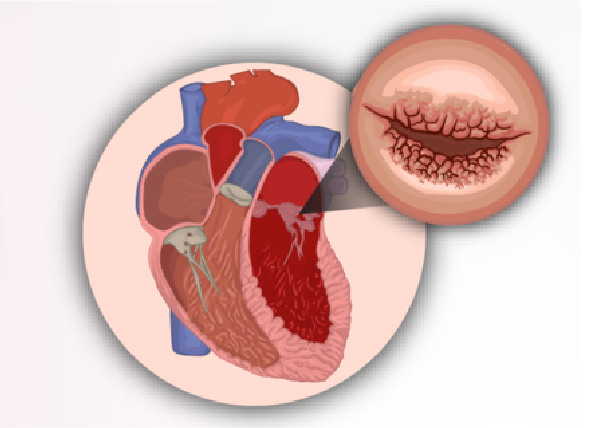Rheumatic heart disease is a condition in which heart valves have been permanently damaged by rheumatic fever. It’s the most common heart disease in people younger than 25 years. It also affects children aged 5-15.
Rheumatic fever can take place after a throat infection from a bacteria called group A streptococcus.
If left untreated, rheumatic heart disease can cause serious health complications resulting in heart failure and even strokes.
Symptoms
Rheumatic fever symptoms vary but they can include:
- Fever
- Painful and tender joints — most often in the knees, ankles, elbows and wrists
- Pain in one joint that migrates to another joint
- Red, hot or swollen joints
- Small, painless bumps beneath the skin
- Chest pain
- Heart murmur
- Fatigue
Risk factors
Factors that can increase the risk of rheumatic fever include:
- Family history.Some people carry a gene or genes that might make them more likely to develop rheumatic fever.
- Type of strep bacteria.Certain strains of strep bacteria are more likely to contribute to rheumatic fever than are other strains.
- Environmental factors.A greater risk of rheumatic fever is associated with overcrowding, poor sanitation and other conditions that can easily result in the rapid transmission or multiple exposures to strep bacteria.
Sources: www.mayoclinic.org & www.saheart.org









